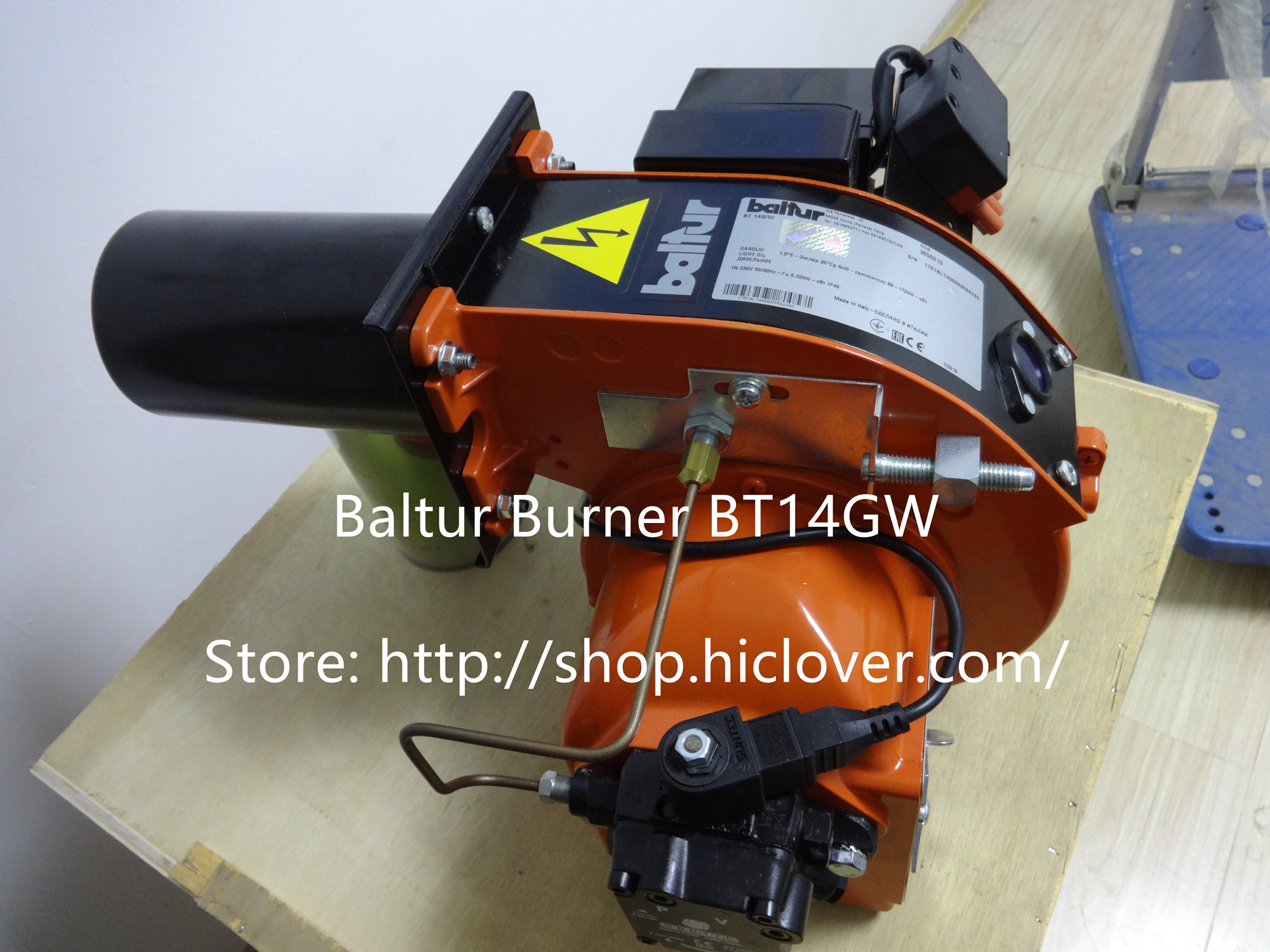Innovations in Corpse Incineration: Advancements and Challenges
Corpse incineration, also known as cremation, has been used for centuries as a method of disposing of human remains. However, in recent years, there have been significant advancements in this process, as well as new challenges that have emerged.
One of the most notable advancements in corpse incineration is the development of more efficient and environmentally friendly technologies. Traditional cremation methods often release harmful pollutants into the air, such as mercury and dioxins, but new innovations in filtration and scrubbing systems have greatly reduced these emissions. In addition, some crematories are now using natural gas or propane instead of fossil fuels, further decreasing their environmental impact.
Another major innovation in corpse incineration is the introduction of new cremation equipment and techniques that are more energy efficient. This includes the use of advanced control systems that optimize the combustion process, as well as the development of high-tech cremation chambers that use less fuel and reduce the overall energy consumption.
Furthermore, there has been a shift toward offering more personalized and customizable options for corpse incineration. For example, some crematories now offer the option to have a loved one’s ashes turned into a diamond or incorporated into a piece of jewelry. This level of customization provides families with unique and meaningful ways to memorialize their loved ones.
Despite these advancements, there are still several challenges that the corpse incineration industry must address. One of the primary challenges is the need for more sustainable practices and materials. Many crematories still use traditional wooden caskets and other non-biodegradable materials, which can have a significant impact on the environment. As a result, there is a growing push for the use of eco-friendly caskets and urns made from sustainable and biodegradable materials.
Additionally, there is a need for more transparency and accountability within the corpse incineration industry. This includes ensuring that crematories adhere to strict environmental regulations and standards, as well as providing clear and accurate information to families about the cremation process.
Another challenge is the need for more education and awareness about the environmental impact of corpse incineration. Many people are unaware of the potential environmental consequences of traditional cremation methods and the importance of choosing more sustainable alternatives. Therefore, there is a need for more public education and outreach to raise awareness about the environmental impact of cremation and promote more eco-friendly options.
In conclusion, advancements in corpse incineration have led to more efficient and environmentally friendly practices, as well as more personalized options for families. However, there are still challenges that must be addressed, including the need for more sustainable practices and materials, greater transparency and accountability, and increased education and awareness about the environmental impact of cremation. By addressing these challenges, the corpse incineration industry can continue to evolve and provide more sustainable and meaningful options for families.



